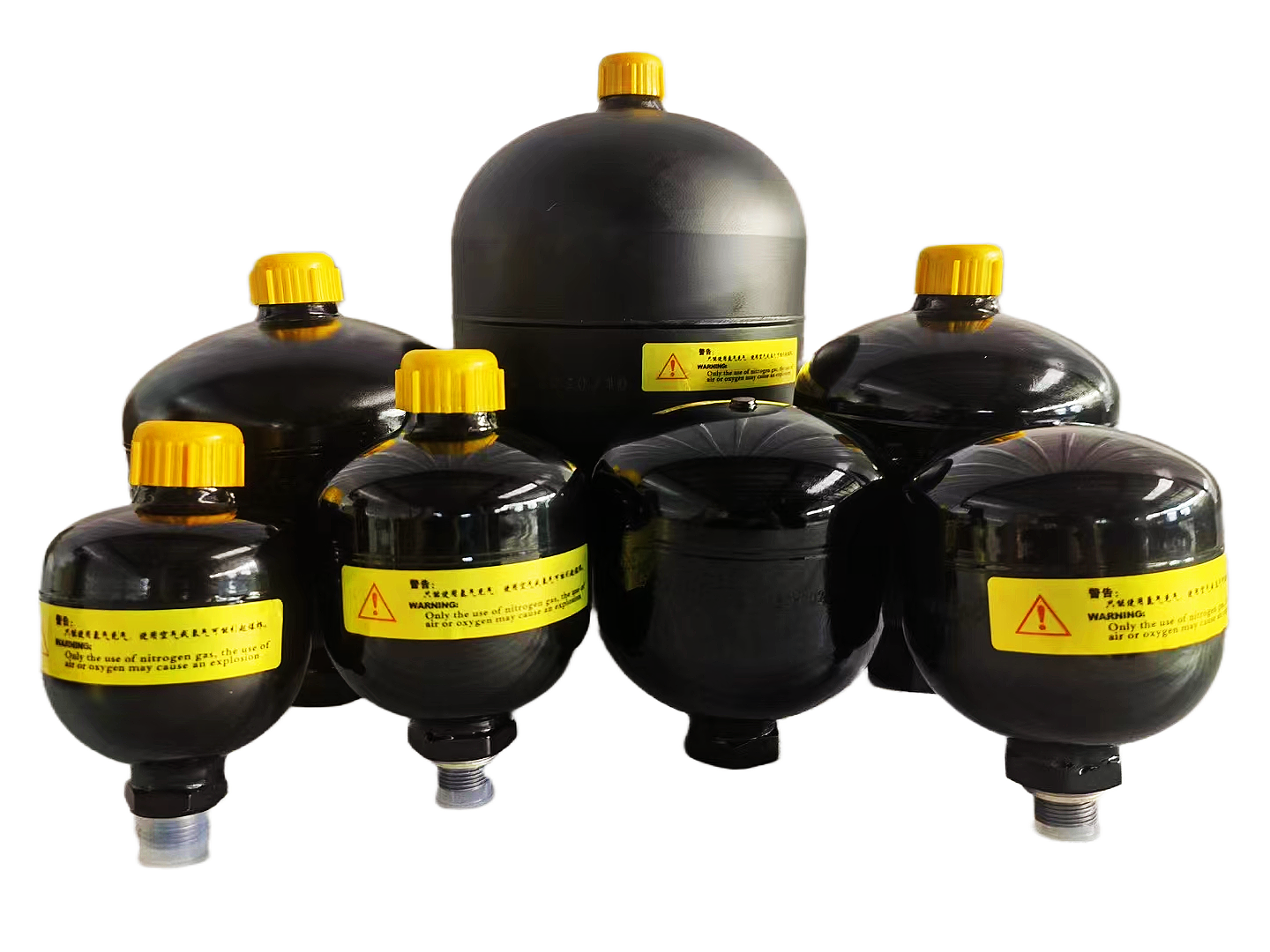Hydraulic Accumulator: Technical Requirements and Product Performance

Hydraulic accumulators are essential components in hydraulic systems, used to store energy, stabilize pressure, and absorb shocks. When selecting a hydraulic accumulator, several technical requirements and product performance characteristics should be considered.
Technical Requirements for Selection
Pressure Rating : The accumulator must be able to withstand the maximum pressure of the hydraulic system. For example, in high - pressure systems, a bladder accumulator with a high - pressure rating is required.
Capacity : The capacity of the accumulator should be chosen based on the energy storage requirements of the system. A larger capacity accumulator can store more energy and provide longer backup power.
Type : Different types of accumulators have different applications. Bladder accumulators are suitable for high - pressure and high - flow applications, while diaphragm accumulators are more suitable for low - pressure and low - flow applications.
Temperature Range : The accumulator should be able to operate within the temperature range of the hydraulic system. For example, in high - temperature environments, a high - temperature accumulator is required.
Product Performance Characteristics
Energy Storage : Hydraulic accumulators can store energy during periods of low demand and release it during periods of high demand, improving the efficiency of the hydraulic system.
Pressure Stabilization : Accumulators can smooth out pressure fluctuations in the hydraulic system, providing stable pressure output.
Shock Absorption : Hydraulic accumulators can absorb shocks and vibrations in the system, protecting equipment from damage.
Flow Compensation : Accumulators can quickly provide the necessary flow when the hydraulic system requires rapid changes in flow rate, ensuring the system's responsiveness.
Applications of Hydraulic Accumulators
Hydraulic accumulators are widely used in various hydraulic systems, such as industrial machines, automotive braking systems, wind power generation, and servo systems. They play a crucial role in improving the performance and reliability of these systems.
In conclusion, when selecting a hydraulic accumulator, it is important to consider the technical requirements and product performance characteristics to ensure the optimal performance of the hydraulic system.
Our accumulators can replace the mainstream brands in the market, such as replacing the energy storage of Hydac.